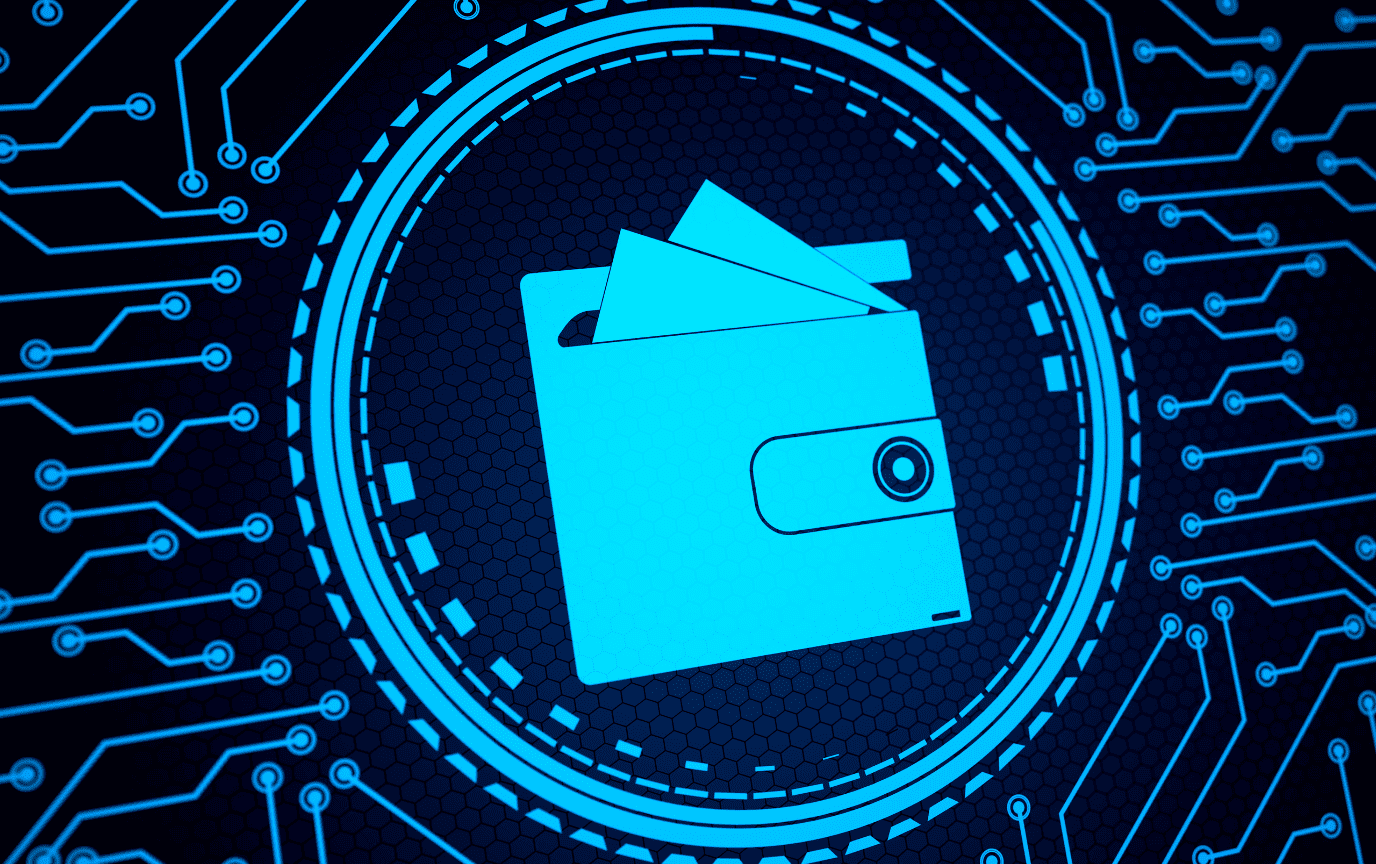As cryptocurrency adoption surges—with over 96 million Americans holding digital assets in 2025, per Datawallet—managing multiple crypto wallets has become a necessity for many. Whether you’re trading Bitcoin on Binance, staking Ethereum, or holding altcoins in a Ledger hardware wallet, juggling several wallets can boost security and flexibility. But it also brings challenges: How do you stay organized? How do you keep your funds safe?
This guide delivers the top tips for managing multiple crypto wallets in 2025, blending practical advice with the latest trends. From securing private keys to streamlining your portfolio, we’ve got you covered with insights from CoinBureau, Forbes, and X posts. Whether you’re a beginner or leveling up your crypto game, these strategies will help you master wallet management on mobile or desktop. Let’s dive into the best practices for crypto wallets in 2025!
Why Use Multiple Crypto Wallets?
Enhanced Security Through Diversification
Storing all your crypto in one wallet is like keeping all your cash in one pocket—risky. A 2025 Cointelegraph report notes that hacks cost users $1.8 billion last year. Spreading assets across wallets—like a Trezor for savings and a hot wallet for trading—limits losses if one is compromised.
Purpose-Specific Organization
Multiple wallets let you assign roles: one for daily trades on Kraken, another for long-term holds, and a third for staking rewards. This clarity simplifies tracking, per NerdWallet, and aligns with tips in our Managing Crypto Finances section.
Access to Diverse Ecosystems
Not all wallets support every coin. For instance, MetaMask excels for Ethereum-based tokens, while Trust Wallet handles multiple chains. Using several ensures you can tap into various blockchains without limits.
Challenges of Managing Multiple Crypto Wallets
Security Overhead
Each wallet needs its own safeguards—strong passwords, 2FA, and backups. A lapse in one could jeopardize funds, per Milk Road.
Complexity and Oversight
Tracking multiple seed phrases and balances can overwhelm beginners. X posts in 2025 highlight users forgetting wallets, losing access to small fortunes.
Time Investment
Regular updates, backups, and monitoring across wallets demand effort. Streamlining this is key to staying efficient.
Top 10 Tips for Managing Multiple Crypto Wallets in 2025
1. Define Wallet Purposes
Start by assigning roles: a Ledger Nano X for cold storage, a mobile wallet like Coinbase Wallet for trades, and a Phantom Wallet for Solana dApps. Clear purposes reduce confusion and align with your strategy, per Geekflare.
2. Use a Mix of Hot and Cold Wallets
Balance convenience and security. Hot wallets (e.g., Exodus) suit quick transactions, while cold wallets (e.g., Trezor Model T) protect long-term holdings. CoinMarketCap recommends this combo for diversified risk management.
3. Secure Your Private Keys and Seed Phrases
Never store seed phrases digitally—write them on paper or metal, like a Crypto Steel, and keep them in a safe. X users in 2025 stress splitting phrases across locations (e.g., home and a bank vault) for added safety.
4. Enable Two-Factor Authentication (2FA)
Activate 2FA on every wallet, favoring apps like Google Authenticator over SMS, which is vulnerable to SIM swaps, per SoftwareTestingHelp. Check our Tool Tips for setup guides.
5. Leverage Multi-Signature Wallets
Multi-sig wallets, like those from Safe, require multiple approvals for transactions. Ideal for shared funds or high-value assets, they’re a 2025 must-have, per Blockpit.
6. Consolidate with Portfolio Trackers
Tools like CoinStats or CoinLedger sync multiple wallets, offering a unified view of your assets. This cuts complexity and aids tax prep—explore more in Tools & Wallets.
7. Regularly Back Up Your Wallets
Back up after every major transaction. Store recovery phrases offline, and test restores yearly to ensure access, per Finder. A 2025 X trend shows users engraving phrases on steel for durability.
8. Update Wallet Software Promptly
Outdated software invites hacks. Set reminders to check for updates on apps like Electrum or hardware like Ledger. CoinDesk warns that unpatched wallets are prime targets.
9. Monitor Transactions Actively
Review wallet activity weekly via explorers like Etherscan or apps like Blockchair. Spotting unauthorized moves early saves funds—pair this with tips from Trading Tips.
10. Avoid Public Wi-Fi and Unsecured Devices
Access wallets only on trusted devices with VPNs like NordVPN. Public Wi-Fi risks key theft, per Fortunly, so prioritize secure connections.
Best Practices for Crypto Wallet Management
Organize with a Master Document
Create an encrypted spreadsheet or use a tool like Bitwarden to log wallet addresses, purposes, and backup locations (not seed phrases!). Update it monthly for a clear overview.
Test Small Transactions First
Before moving big sums, send a test amount—like $5 in BTC—to confirm addresses and functionality. X users in 2025 swear by this to avoid costly errors.
Limit Wallet Numbers
More isn’t always better. Aim for 2–4 wallets: one hot, one cold, and one or two for specific tasks. Investopedia notes excess fragmentation breeds chaos.
Use Reputable Providers Only
Stick to trusted names—MetaMask, Trezor, Coinbase Wallet—to dodge scams. Check reviews in Wallet Reviews.
Plan for Recovery and Inheritance
Designate a recovery process with trusted contacts or tools like Vault12. Ensure your crypto isn’t lost forever—vital advice from Crypto 101.
Tools to Simplify Multiple Wallet Management
Portfolio Trackers
- CoinStats: Real-time sync for 300+ wallets, mobile-friendly.
- CoinLedger: Tax reports plus portfolio views, per Forbes.
Security Tools
Browser Management
Use separate browser profiles (e.g., Chrome, Firefox) for web wallets to avoid overlap, per Request Finance.
Pros and Cons of Multiple Crypto Wallets
Pros:
- Mitigates risk—lose one, not all.
- Organizes assets by purpose, per Swissmoney.
- Adapts to diverse blockchains.
Cons:
- Higher management effort.
- Risk of forgetting backups.
- Potential for fee creep on transfers.
How Many Wallets Should You Have?
It depends on your goals. Beginners might start with two: a hot wallet for trading (e.g., Exodus) and a cold wallet for savings (e.g., Ledger Nano S Plus). Active traders or DeFi users might add a third, like MetaMask, for dApps. BitDegree suggests capping at five to maintain control.
Future Trends in Wallet Management
By 2026, multi-party computation (MPC) wallets—splitting keys across devices—will rise, per Blockpit. AI-driven trackers may also predict risks, enhancing security. Stay ahead with insights from Tools & Wallets.
Conclusion
Managing multiple crypto wallets in 2025 doesn’t have to be daunting. Define purposes, mix hot and cold storage, secure keys, and leverage tools like CoinStats to stay on top. These tips balance security, organization, and ease—whether you’re on mobile or desktop. Start small, test your setup, and scale as needed.
Ready to dive deeper into crypto? Explore Crypto 101, Exchange Reviews, and Tools & Wallets for more tips, reviews, and strategies to master your crypto journey!












